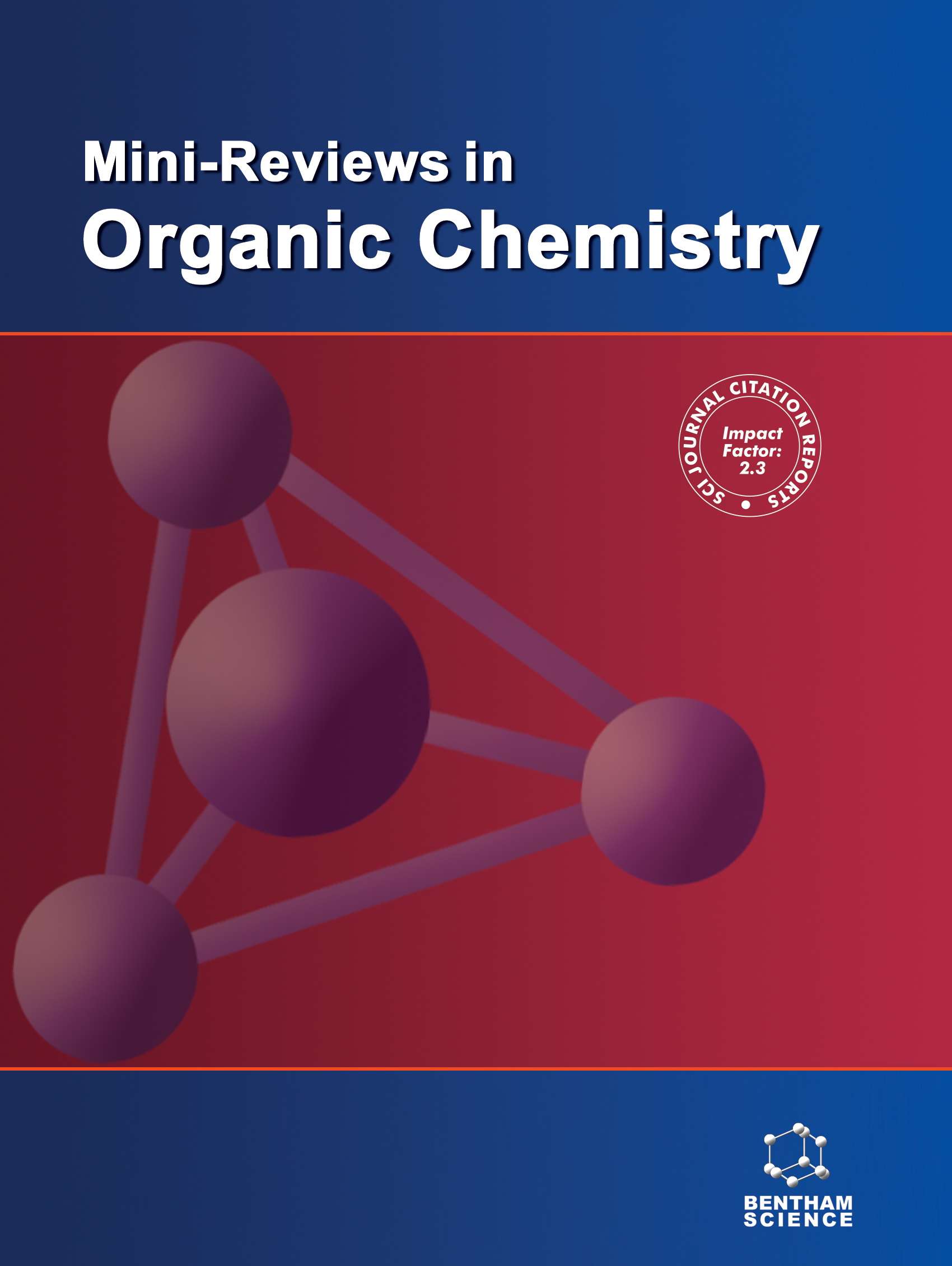-
oa Editorial [Hot Topic: Computational Glycochemistry and Glycobiology (Guest Editor: Vojtech Spiwok)]
- Source: Mini-Reviews in Organic Chemistry, Volume 8, Issue 3, Aug 2011, p. 221 - 221
-
- 01 Aug 2011
Abstract
The major aim of molecular modelling is to predict structures and other properties of molecules and molecular assemblies. In principle, conformation and dynamics of any molecule can be studied by equilibrium simulation in an appropriate environment. However, for example de novo prediction of protein structures by simulating the folding process is still a dream rather than a routine method and it has been successfully applied only on several examples of fast-folding mini-proteins. Contrary to proteins, carbohydrate molecular modelling is an equivalent partner to experimental techniques, mostly due to properties of carbohydrates that are favourable for molecular modelling and unfavourable for experimental studies. Also many studies on carbohydrates belong to the classics of computational chemistry. This performance was achieved during the boom of glycochemistry and glycobiology, when carbohydrates have been intensively studied in different contexts ranging from drug design to biofuel production. This special issue presents reviews on selected carbohydrate-specific topics of molecular modelling and bioinformatics. The contribution of Laercio Pol-Fachin and Hugo Verli presents approaches in modelling and molecular dynamics simulation of glycoproteins. Renato R. Andrade and Clarissa O. da Silva review the issue of potential energy modelling of monosacharides supported by a case study of xylopyranose. Solvent effects and solvation modelling in glycochemistry are reviewed by myself and Alfred D. Fench. Free energy modelling methods and their application on carbohydrates are presented in the article of Michelle M. Kuttel. Petety V. Balaji presents a review of carbohydrate-aromatic interactions and their role in carbohydrate recognition. The article (number six) by Igor Tvaroska presents the state of art in QM/MM modelling of carbohydrate biosynthesis by glycosyl transferases. And finally, structural bioinformatics of carbohydrate processing enzymes is presented by the review of Natallia Kulik and Kristyna Slamova. I would like to thank all authors for their excellent contributions and reviewers for their responsible work. Finally, my thanks goes to editors of Mini Reviews in Organic Chemistry and especially Miss Qurrat-ul-Ain Khan for giving me the chance to organize this special issue and for nice cooperation.


